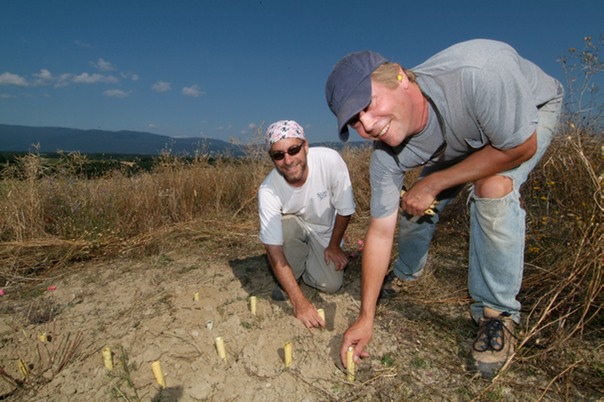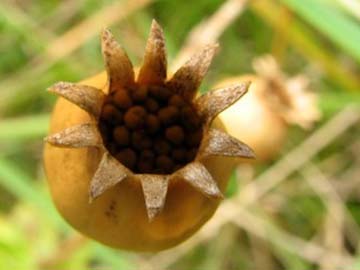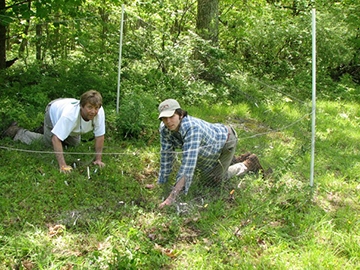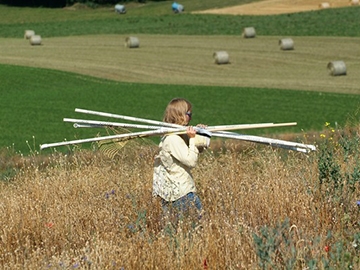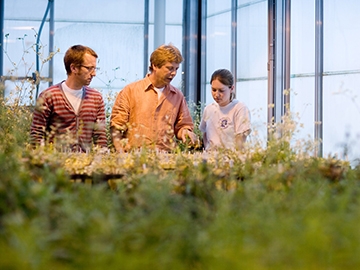Our research into metapopulation genetics focuses on two fundamental questions regarding the process of evolution in spatially structured populations. First, what are the forces that generate and destroy population structure? Second, given that there is population structure, how does it affect the process of evolution?
The theory of interconnected populations (metapopulations) has shown that conclusions regarding ecological and evolutionary dynamics derived from single populations can be radically different when considered in a spatial context. Nevertheless there is a deficit of long-term field data on spatially distributed populations to guide and focus this theory. We have been studying the metapopulation biology of the plant Silene latifolia and its associated pathogen, Microbotyrum violaceum for more than 30 years, collecting data on population demographics, sex ratio and disease incidence data in more than 800 populations. This project combines these long-term data with population genetic data to investigate how within population processes (selection, drift) and among population processes (founder effects, gene flow, and inter-demic selection, extinction and recolonization) combine to influence the genetic composition of (and divergence among) demes. Of particular interest is how metapopulation structure may enhance or retard adaptive evolution at different levels of selection.
This data and myriad resources from this project are freely available. Please see our long-term research page at [link, coming soon, silenemetapopulation.org].


